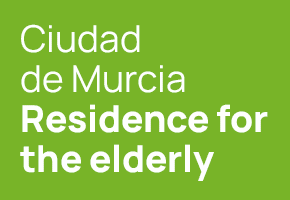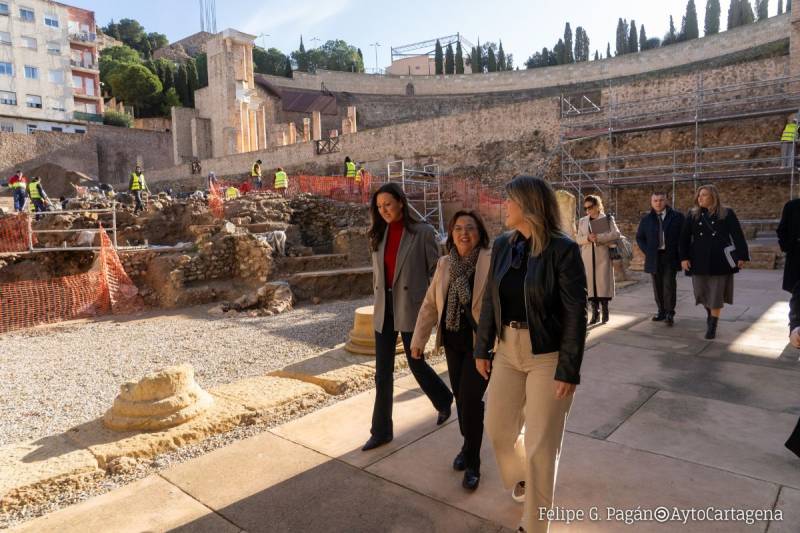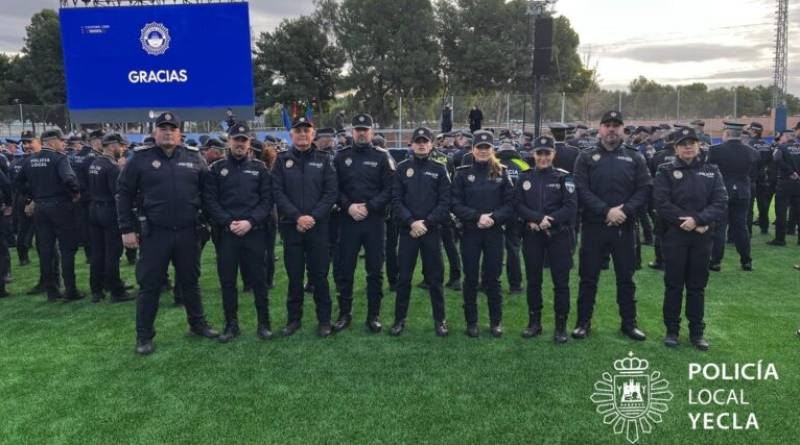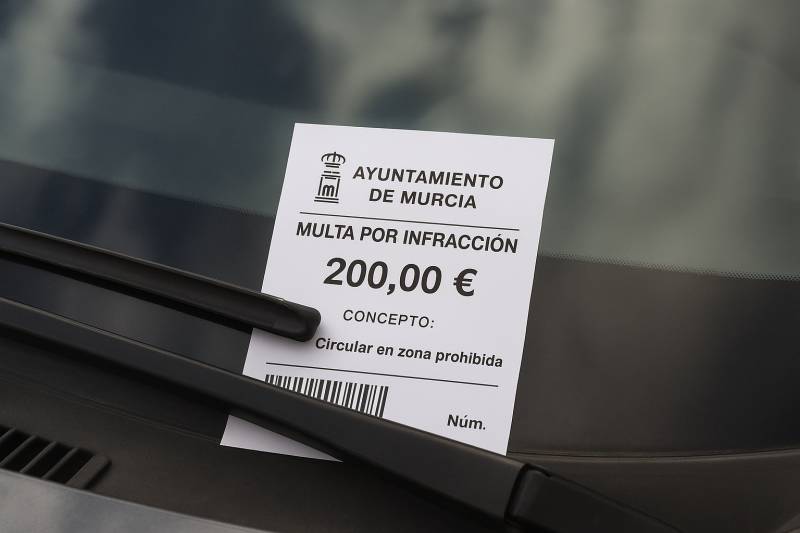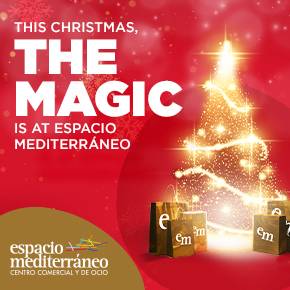

Guidelines for submitting articles to Mazarron Murcia
Hello, and thank you for choosing Mazarron Murcia to publicise your organisation’s info or event.
Mazarron Murcia is a website set up by Murcia Today specifically for residents of the urbanisation in Southwest Murcia, providing news and information on what’s happening in the local area, which is the largest English-speaking expat area in the Region of Murcia.
When submitting text to be included on Mazarron Murcia, please abide by the following guidelines so we can upload your article as swiftly as possible:
Send an email to editor@spaintodayonline.com or contact@murciatoday.com
Attach the information in a Word Document or Google Doc
Include all relevant points, including:
Who is the organisation running the event?
Where is it happening?
When?
How much does it cost?
Is it necessary to book beforehand, or can people just show up on the day?
…but try not to exceed 300 words
Also attach a photo to illustrate your article, no more than 100kb

Access and viewing improved at the remains of Yecla castle
The fortress of Hisn Yakka was built by the Moors in the late 11th century
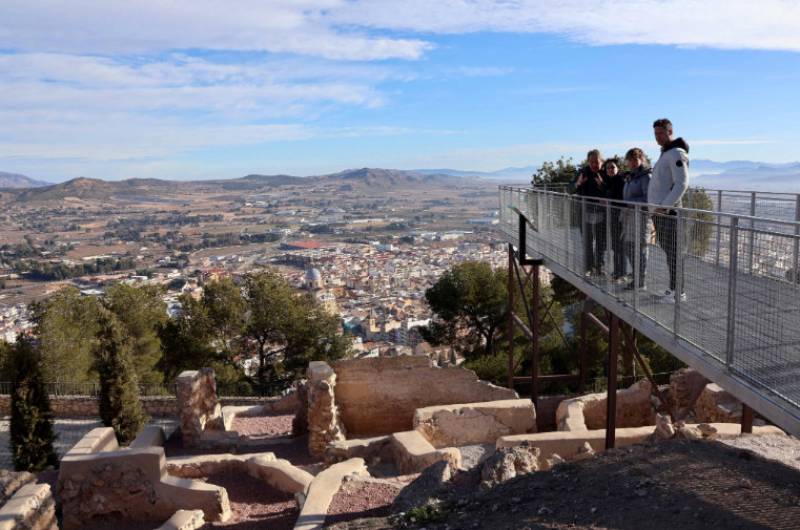 One of the peculiarities which might puzzle visitors to Yecla is that there are numerous references to the “castle hill” and the spectacular local fiestas are held in honour of the “Virgen del Castillo”, but to the untrained eye there is actually no sign of any castle at all.
One of the peculiarities which might puzzle visitors to Yecla is that there are numerous references to the “castle hill” and the spectacular local fiestas are held in honour of the “Virgen del Castillo”, but to the untrained eye there is actually no sign of any castle at all.
This is because the 10th- and 11th-century Moorish castle of Hisn Yakka became a ruin centuries ago, and in fact the ruins were further weakened by the construction of the Sanctuary of the Virgen de la Purísima (the “Virgen del Castillo”) on the hill in the 19th century.
Now, however, the Town Hall is pleased to announce that work to make the remains more visible and access to the site far easier have been completed at an investment cost of 186,000 euros, part of which was provided by the regional government of Murcia and EU Next Generation funds. The work has focussed on the residential area of the castle compound – it should not be forgotten that in medieval towns the castle provided shelter as well as protection for the population – and the aim has been to strengthen remaining structures from the pre-Reconquista era to ensure that they survive.
Perhaps most importantly from the tourist’s point of view, in addition a walkway and viewing point have been built, along with information panels along the path and special lighting to highlight the most important structures. For this reason, the idea behind the work is not only to protect the historical heritage of Yecla but also to boost its already dynamic tourism sector.
Visiting the site this week, Mayoress Remedios Lajara explained that the "Rebirth of Yakka" will continue to maximize the historical heritage of Yecla, making visible the remains of the Almohad period, which dates from the 12th and 13th centuries. To this end, she confirmed that the council is hoping to continue work on this settlement through a new project which, in November of last year, obtained funding of nearly 3 million euros from the Ministry of Industry, Commerce and Tourism to complete the restoration, consolidation and protection of the entire Ḥiṣn Yakka site.
For more local news, events and visiting information go to the home page of Yecla Today.
Oficina de Turismo de Yecla
In early 2025, due to renovation work at the usual office, the service is located on the other side of the Plaza Mayor at Calle Epifanio Ibáñez nº 2 (click for map).
 Yecla is a large municipality in the north of the Region of Murcia, home to just under 35,000 people, and these days is best known for its wines, which enjoy Denomination of Origin status, and its furniture production, which has its origins in the abundance of pine trees on the mountainsides and the high plateaux.
Yecla is a large municipality in the north of the Region of Murcia, home to just under 35,000 people, and these days is best known for its wines, which enjoy Denomination of Origin status, and its furniture production, which has its origins in the abundance of pine trees on the mountainsides and the high plateaux.
 While visitors in the 21st century may be attracted primarily by wine tourism, the town (or city, as it was proclaimed in 1878) also has a wide historical, cultural and natural heritage, and an identity quite different from the coastal areas of the Region of Murcia. For this reason it is often grouped together with its neighbour and fellow wine-producing area Jumilla as part of the Altiplano area.
While visitors in the 21st century may be attracted primarily by wine tourism, the town (or city, as it was proclaimed in 1878) also has a wide historical, cultural and natural heritage, and an identity quite different from the coastal areas of the Region of Murcia. For this reason it is often grouped together with its neighbour and fellow wine-producing area Jumilla as part of the Altiplano area.
Yecla borders with Castilla-La Mancha and the Region of Valencia and is closer to Alicante coastal areas than much of Murcia. These visitors come to see the historic old town itself - an atmospheric and interesting place, crammed full of history - the natural beauty of Monte Arabí, with stunning views for those who enjoy the outdoors, the gastonomy and of course the wine route.
 Yecla boasts cave paintings from 10,000 years ago in Monte Arabí, a Bronze Age settlement at El Arabilejo, Iberian remains in El Pulpillo and a Roman administrative centre at Los Torrejones as well as the remnants of the 11th century Moorish castle on the hill behind the town. More modern (and complete) testimony to the past are the buildings in the town centre, which include the grandiose Basílica de la Purísima, with its striking blue dome, the archaeological museum and the attractive Plaza Mayor, where the 16th century Town Hall stands alongside the Renaissance Casa de los Alarcos, the clock tower and the old grain store.
Yecla boasts cave paintings from 10,000 years ago in Monte Arabí, a Bronze Age settlement at El Arabilejo, Iberian remains in El Pulpillo and a Roman administrative centre at Los Torrejones as well as the remnants of the 11th century Moorish castle on the hill behind the town. More modern (and complete) testimony to the past are the buildings in the town centre, which include the grandiose Basílica de la Purísima, with its striking blue dome, the archaeological museum and the attractive Plaza Mayor, where the 16th century Town Hall stands alongside the Renaissance Casa de los Alarcos, the clock tower and the old grain store.
 The tourist office holds a full selection of leaflets, maps, pre-planned routes, accommodation and restaurant options and information about visiting Yecla for both individuals and groups.
The tourist office holds a full selection of leaflets, maps, pre-planned routes, accommodation and restaurant options and information about visiting Yecla for both individuals and groups.
There is parking close to the tourist office, although those driving to Yecla for the first time are advised to park in Calle Perales.
For further information go to the home page of Yecla Today.
Opening hours:
Tuesday to Friday 8.00 to 15.00
Saturdays 10.30 to 14.00 and 17.00 to 19.30.
Public holidays 10.30 to 14.00
Click for map, Yecla tourist office








